INTRODUCTION
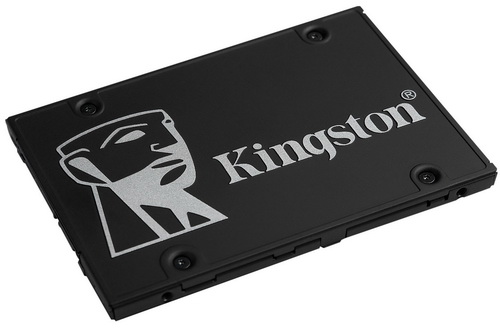
I still remember receiving and testing my very first 2.5" SATA II SSD back in late 2007 (unlike today back then the performance gap between solid state drives and hard disk drives was something we hadn't seen before) so 12 years later it's no surprise that the industry has finally moved away from that form factor, at least partially since the majority of PC's even today still use 2.5" SSD models (just SATA III ones). Lately quite a few manufacturers seem to focus a lot more in the design and manufacture of M.2 NVMe drives but luckily there are always some who are not yet willing to cease support and production of 2.5" SSD drives. One such manufacturer is no other than Kingston and today we'll be testing the 512GB variant of their brand new KC600 line of 2.5" SATA III SSDs.
Kingston Technology Company, Inc. is the world’s largest independent manufacturer of memory products. Kingston designs, manufactures and distributes memory products for desktops, laptops, servers, printers, and Flash memory products for PDAs, mobile phones, digital cameras, and MP3 players. Through its global network of subsidiaries and affiliates, Kingston has manufacturing facilities in California, Taiwan, China and sales representatives in the United States, Europe, Russia, Turkey, Ukraine, Australia, India, Taiwan, China, and Latin America.
The brand new KC600 line of 2.5" SATA III SSDs by Kingston (currently available in 256GB/512GB/1TB/2TB capacities) is based on the quad-channel SM2259 NAND flash controller by Silicon Motion which is paired with Micron's latest 96-layer 3D TLC NAND flash and a single LPDDR3 RAM cache module by Kingston (512MB for the 512GB model which we have here with us). The SM2259 NAND flash controller packs several features such as Silicon Motion's NANDXtend (error-correcting with LDPC hard and soft decoding and RAID protection), direct-to-TLC and SLC caching (algorithms for optimal sustained performance), end-to-end data path protection (ensures data integrity and reliability), global wear levelling (algorithm which evens program/erase count and extends SSD lifespan), DevSleep (device sleep - power save), S.M.A.R.T, TRIM, NCQ, TCG Opal and hardware AES 256bit encryption. In terms of endurance/durability Kingston reports 150TBW for the 256GB model, 300TBW for the 512GB model, 600TBW for the 1TB model and 1200TBW for the 2TB model (all models feature an MTBF of 1 million hours and are covered by a 5-year limited warranty).
SPECIFICATIONS AND FEATURES

THE KC600 512GB
We received the standalone upgrade version of the KC600 SSD (not the bundle version) which gets shipped in a blister package from where you can see the drive.
A few words about the product and its 5-year limited warranty are printed at the rear in several languages.
Just the drive is placed in the package and as you can see the entire aluminum enclosure is painted black and just has the Kingston logo at the top.
On the other side of the enclosure we find a small sticker with the usual information such as the capacity of the drive, installed firmware, product serial number, 2D barcode, electrical requirements and several certification logos.
The typical SATA data and power connectors are located at the rear of the drive.
Once again inside the enclosure we find a compact PCB.
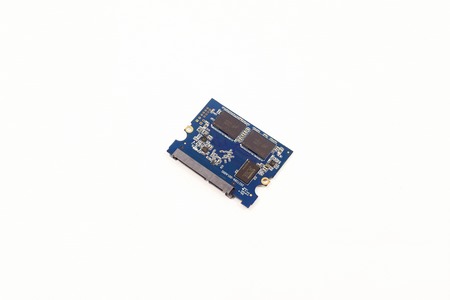
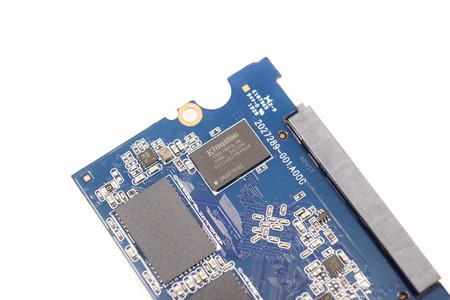
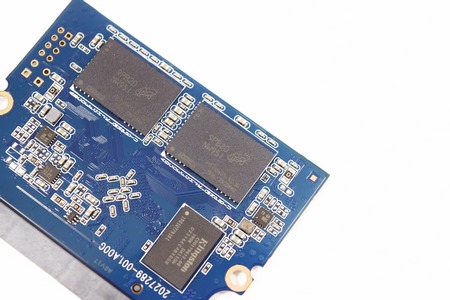
At the top end of the PCB we find two Micron 3D TLC NAND flash modules (128GB each) and the Kingston 512MB LPDDR3 RAM module.
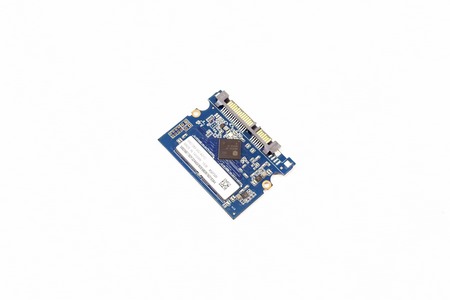
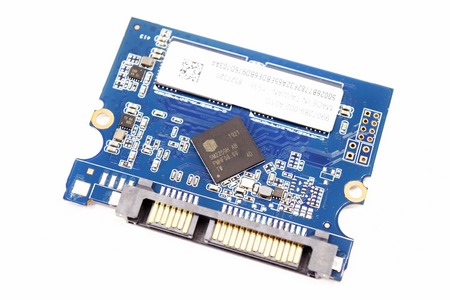 Turning the PCB over we see two more 3D TLC NAND flash modules and the Silicon Motion SM2259 NAND flash controller.
Turning the PCB over we see two more 3D TLC NAND flash modules and the Silicon Motion SM2259 NAND flash controller.
TEST BED
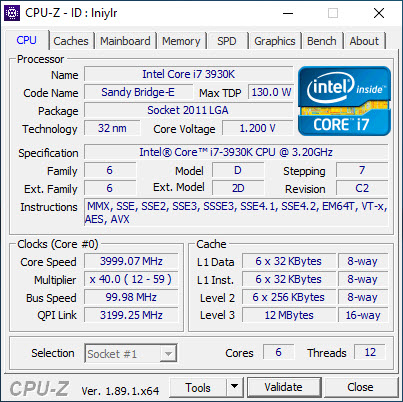

TESTING METHODOLOGY
After over 10 years of testing solid state drives, we’ve concluded that it's almost impossible for any single benchmark suite to accurately measure their performance and that's why in certain benchmark suites we see amazing read/write performance numbers with some drives while in others things are quite different. The reason behind this is that some benchmarking suites are configured to read and write random chunks of data while others read and write constant (sequential) ones. So that's why i always use a very wide selection of benchmarking suites including AIDA64, HD Tach RW, HD Tune Pro, Crystal Disk Mark, Sisoftware Sandra Pro, AS SSD, IOmeter and ATTO. To get the most accurate results each test gets repeated a total of 6 times with the average performance numbers recorded into our charts*. Also, as of February 25th 2015 our results will also include the Storage Networking Industry Association’s (SNIA) IOMeter tests. These tests include a 12 Hour write test used to “simulate” performance degradation over time and a mixed workload test which basically shows what you can expect when using an SSD continuously for roughly two hours. Unfortunately, due to the time required for these tests we repeat them a total of 3 times and not 6 as the above.
Many people have made inquiries about our charts in the past so once again please do keep in mind that the Charts have the average performance numbers of each drive recorded and not the peak (highest) ones. Also, although every single one of these programs can help potential buyers choose the right drive for their needs you should also remember that from any kind of benchmark up to real world usage the gap is not small (and usually most differences will go unnoticed by most people). All tests were performed in a fresh Windows 10 Pro x64 installation with every update installed up to the date of this review.
* Since November 2018 our SSD comparison charts have been divided to 2.5” and M.2 models to reduce their growing size.
TEST RESULTS - AIDA64 / ATTO


TEST RESULTS - HD TACH RW / HD TUNE PRO


TEST RESULTS - SISOFTWARE SANDRA PRO / CRYSTAL DISK MARK X64
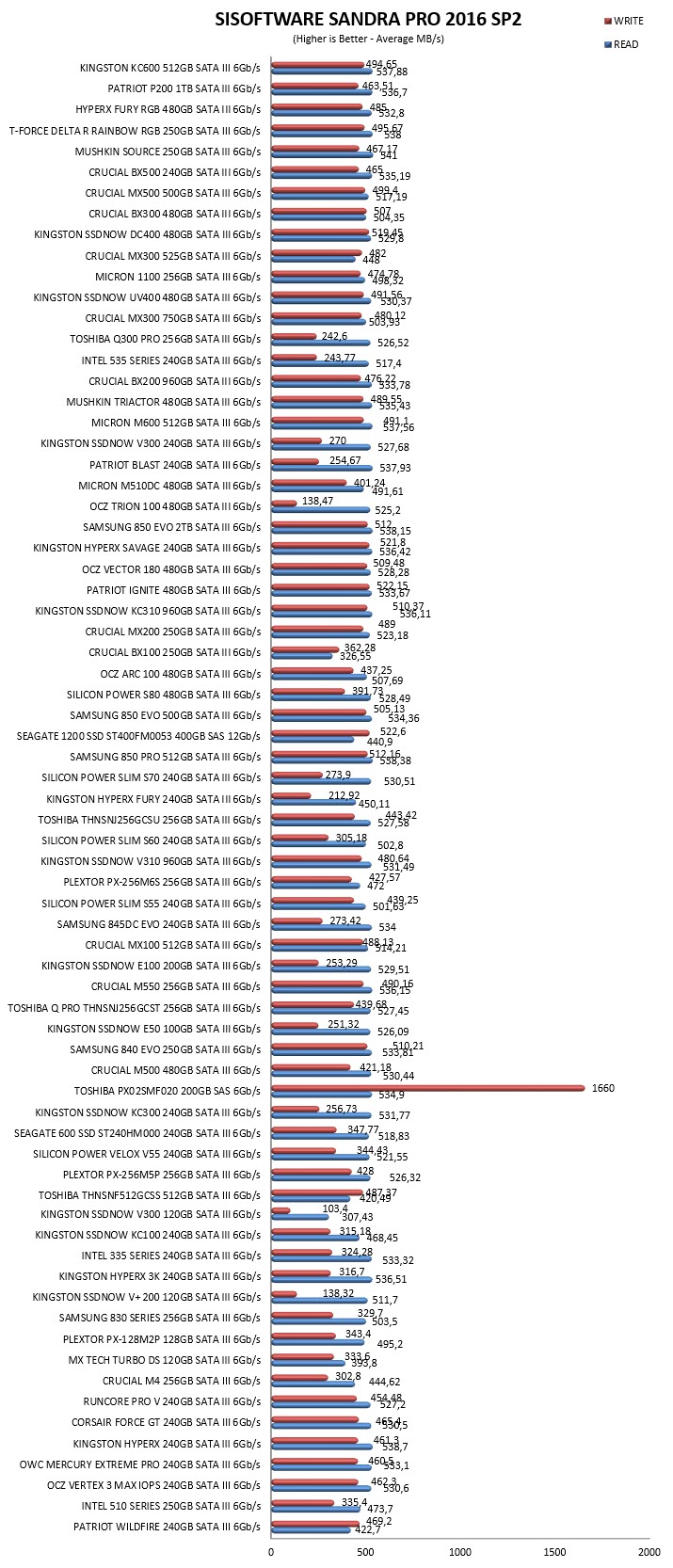

TEST RESULTS – AS SSD / IOMETER

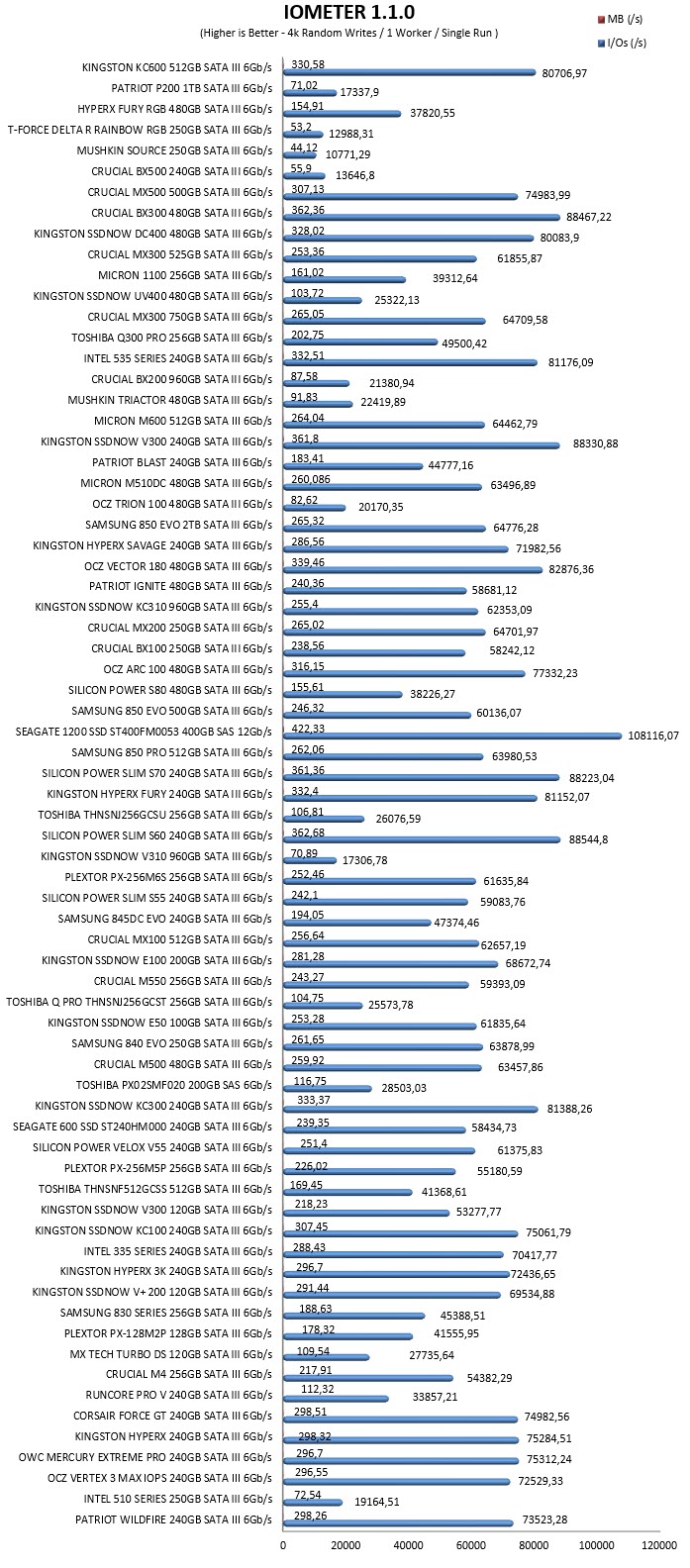
TEST RESULTS – IOMETER SNIA
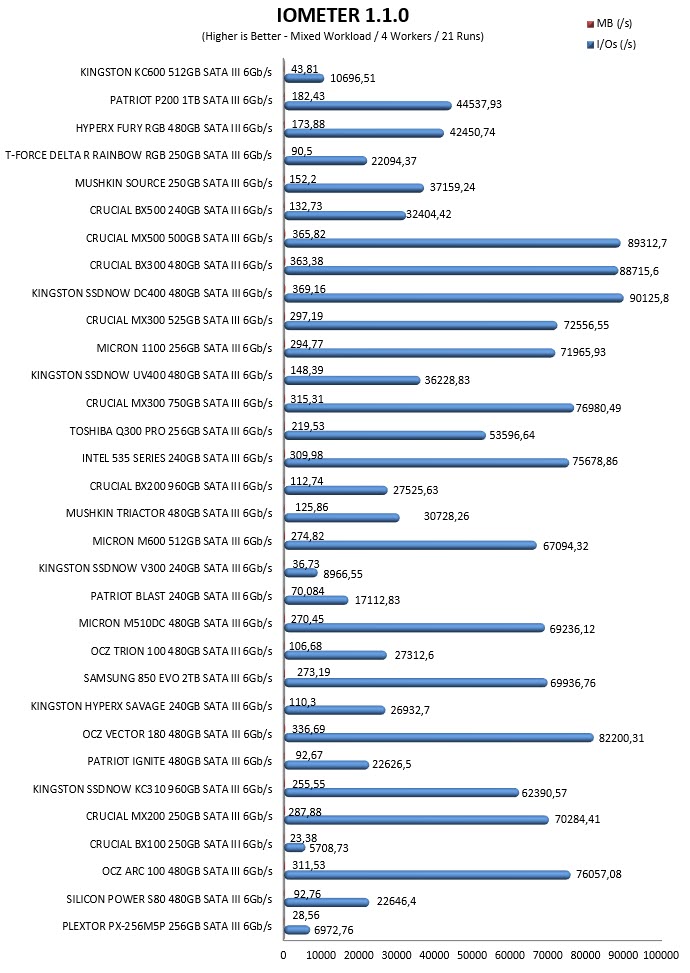
CONCLUSION
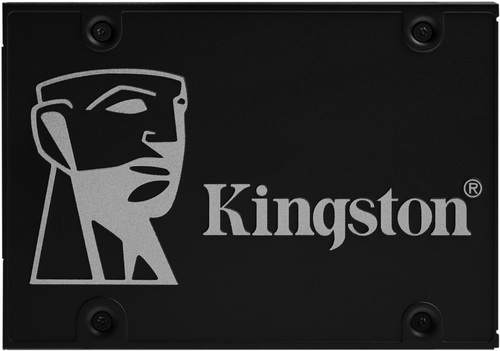
Availability for the KC600 line of 2.5” SATA III SSDs was officially announced by Kingston less than a week ago and i have to admit that the 512GB variant performed better than expected. This may not be clear in most of our tests but just by looking at or IOMeter charts it’s evident that the KC600 did very well in two out of the three tests (strangely even though we expected much better results it did fall back in our mixed read/write tests). Overall the KC600 512GB variant may not be the fastest 2.5” SSD in our charts (do take into account that the 1TB variant is even faster however) but it still does offer very good read and write performance levels, for an affordable model that is.
At launch the KC600 512GB 2.5” SATA III SSD by Kingston retails for just USD70.25 inside the USA (Amazon.com) and for 89.45Euros inside the EU (Amazon.de) a price tag which is actually less compared to the previously released UV400 480GB model (which falls slightly behind the KC600 in our tests). Long story short even though the KC600 is not the fastest SATA III 2.5” SSD money can buy today its performance should be more than enough for most consumers and since that performance is accompanied by a plethora of features, a 5 year limited warranty and an affordable price tag the KC600 512GB model gets our Golden Award.

PROS
- Very Good Performance
- Features (NANDXtend / SLC Write Caching / DevSleep)
- Available In 256/512/1000/2000GB Capacities
- Sustained SNIA Performance
- 5 Year Limited Warranty
- Price
CONS
- No Cloning Software In The Bundle

 O-Sense
O-Sense





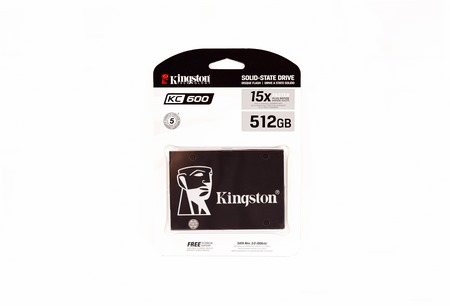
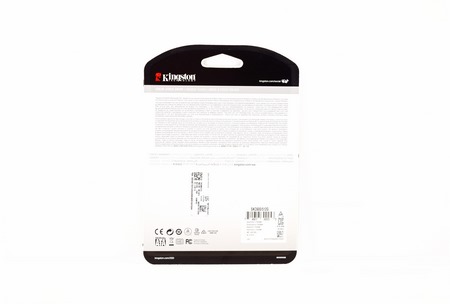
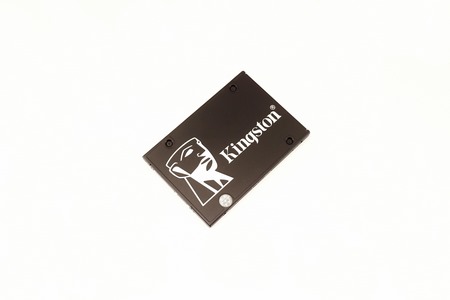
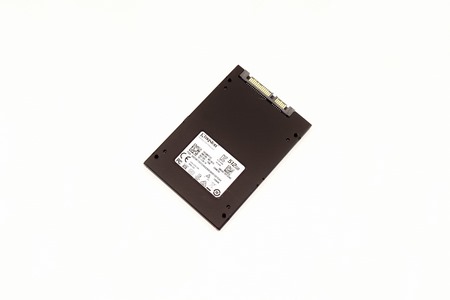
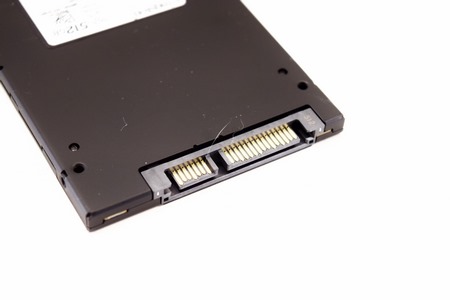
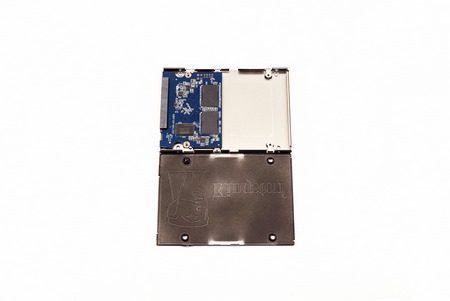
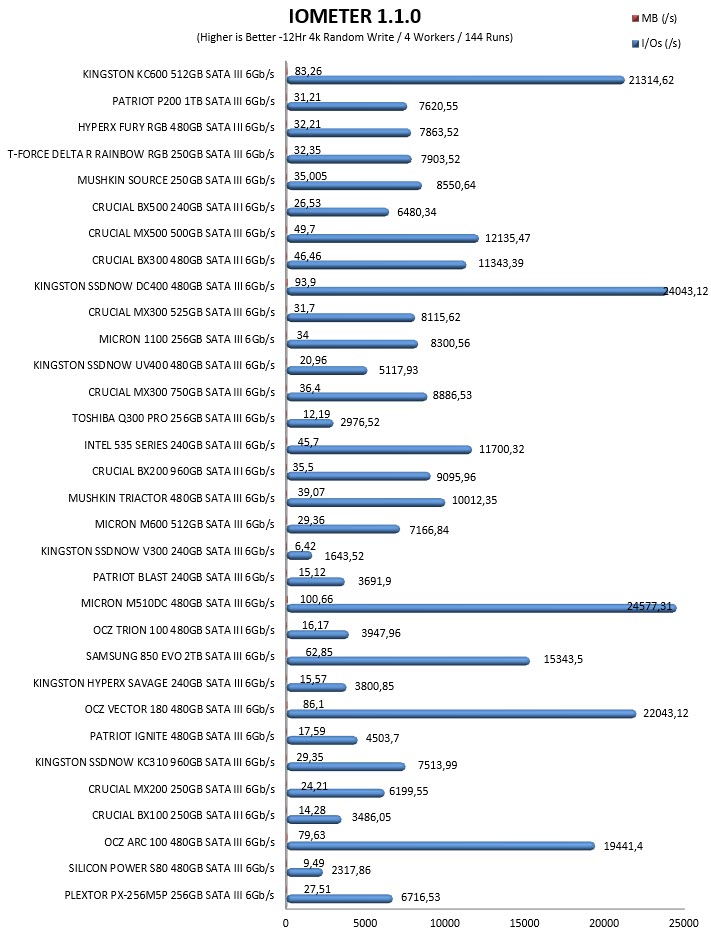
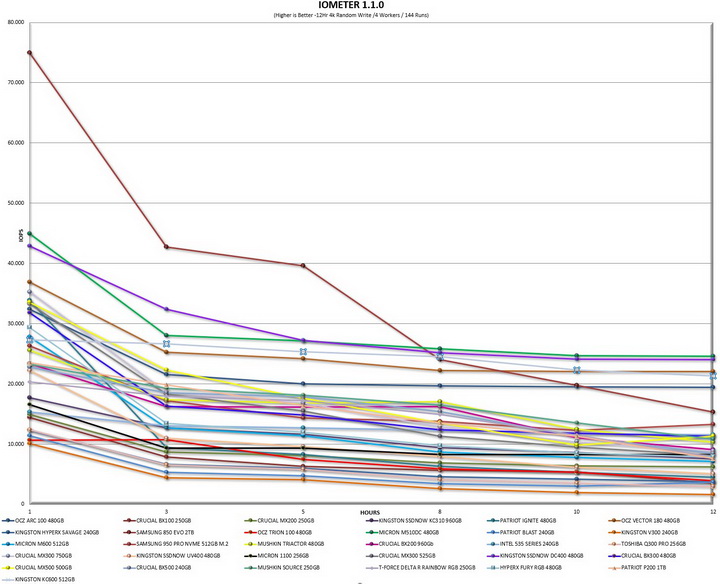


.png)

